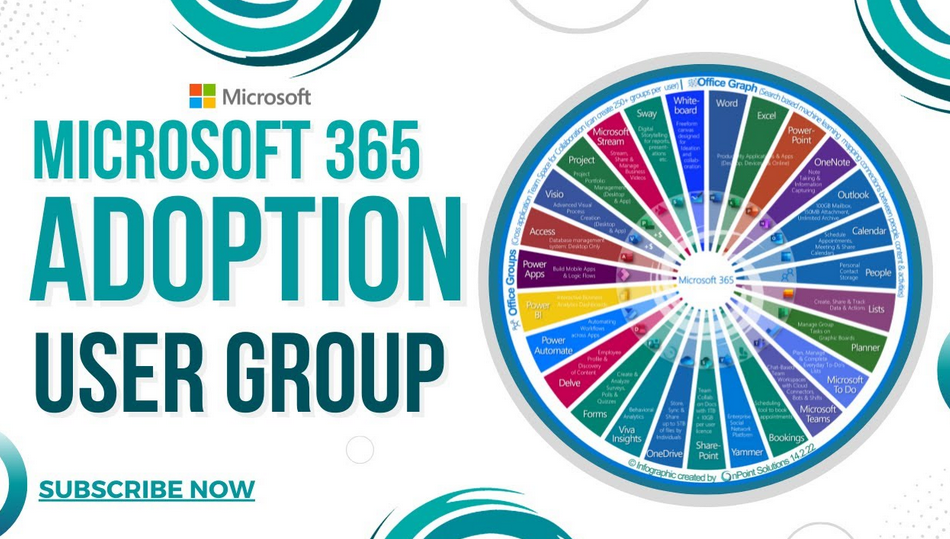Access control
Access control in an event-driven environment can be particularly complex due to the dynamic nature of these architectures. As always, the principle of least privilege should be thoroughly applied. EventBridge elevates this approach by allowing for granular assignment of IAM roles and policies to specific events. This ensures that events are authorized to trigger only those functions for which they have explicit permissions. This level of granularity is crucial for maintaining a secure and well-ordered system, particularly when dealing with a multitude of events and associated services. In addition, it is essential to configure IAM at both the source and the destination levels in such a way that each function or service has only the permissions it needs to perform its tasks and nothing more.
Moreover, API destinations in EventBridge can be used to send events to external HTTP endpoints requiring authentication, such as APIs or webhooks. When setting up an API destination, you have the flexibility to choose the type of authorization mechanism that suits your needs, be it basic authentication, OAuth client credentials, or API keys.
Monitoring
Monitoring is integral to the security of event-driven architectures. EventBridge seamlessly integrates with Amazon CloudWatch, offering real-time monitoring and alerting capabilities, which are invaluable for promptly identifying and addressing security issues. For example, you might closely monitor InvocationFailureCount, which records the number of times a rule failed to invoke a target. A spike in this metric could signify underlying issues that warrant immediate investigation. Similarly, the MatchedEventCount metric counts the number of events that matched a rule. An unexpected increase in this metric could signal that unauthorized or unexpected events are being generated and processed.
By selectively focusing on key metrics like these in CloudWatch, you can gain critical insights into system activity, helping you to quickly identify and address potential security issues. CloudWatch alarms can also be set to trigger notifications or automated responses, providing an additional layer of security to your event-driven architecture.
